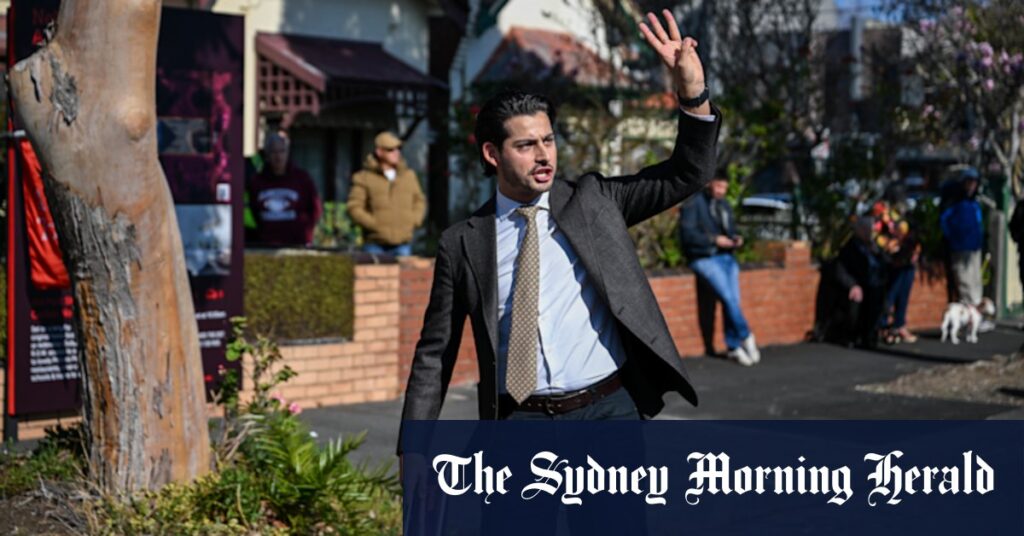
In a heated debate over Australia’s housing policy, proposals to reform negative gearing and capital gains tax have sparked contrasting opinions among economists, policymakers, and social advocates. The Australian Council of Social Services (ACOSS) has called for a complete phase-out of negative gearing and a reduction of the capital gains tax discount over five years. Meanwhile, the Grattan Institute suggests a more moderate approach, advocating for a reduction in the tax discount to 25% and restricting negative gearing benefits so that rental losses cannot be offset against wage and salary income.
The discussion gained further momentum when Treasurer Jim Chalmers, in an interview on ABC News Breakfast, dismissed any immediate changes to these tax policies. Chalmers emphasized the government’s focus on increasing housing supply to address affordability concerns. This stance aligns with the data from the Australian Taxation Office (ATO), which indicates that approximately 72% of all property investors own just one property, a statistic that some experts argue contributes to rental insecurity.
Impact on Housing Affordability
Peter Tulip, chief economist at the Centre of Independent Studies, argues that targeting large landlords while exempting smaller ones could exacerbate rental insecurity. He points out that in countries like Europe and the United States, where rental properties are often owned by large corporations, tenants enjoy greater stability.
“Australia has a terrible problem with rental insecurity – huge numbers of people will have been evicted because their landlord has decided to sell the property,” Tulip notes. “We have the wrong landlords, and ACTU wants to make that problem worse.”
Independent economist Saul Eslake adds that limiting negative gearing benefits to just one property would affect only 29% of investors, suggesting that most landlords would remain unaffected by such a policy change.
Economic and Social Considerations
The Menzies Research Centre’s 2024 report reveals that 18% of negatively geared investors are trade union members, and 65% have a taxable income of $120,000 or less. This demographic data underscores the complexity of the issue, as negative gearing is utilized by a significant number of middle-income earners, including 27,600 nurses and 28,000 teachers.
Economist Davies argues that while targeting large investors may be politically appealing, abolishing negative gearing entirely would be more effective in addressing housing affordability. His research suggests that tax breaks should be contingent on conditions such as minimum five-year fixed-term leases and below-market rent.
“If the goal is to make housing more affordable, this won’t make much difference to affordability,” Davies explains. “Several good researchers have estimated their effect on affordability in different ways, and they find their effect is tiny – between 1 and 4 per cent.”
Historical Context and Future Implications
The debate over negative gearing and capital gains tax is not new. The 1999 Ralph Review promoted the capital gains tax discount to encourage enterprise and risk-taking. However, Tulip argues that this rationale is more applicable to investments in shares or business ventures than real estate, where landowners often reap substantial capital gains without significant effort.
Eslake proposes that excess interest should not be offset against wage and salary income but rather carried forward as a deduction against capital gains tax liability upon the sale of the property. He dismisses claims that eliminating negative gearing would worsen affordability, suggesting that properties sold by landlords would likely be purchased by first-home buyers or owner-occupiers, thus balancing the rental market.
“If landlords were to sell their investment priorities, who would they sell to? First home buyers or other owner-occupiers trading up,” Eslake states. “Yes, it would reduce the supply of rental housing, but it would also reduce the demand for rental housing by the same amount.”
As the debate continues, the Australian government faces the challenge of balancing economic incentives with social equity. While politicians and the public express a desire for affordable housing, the path to achieving this remains contentious. The coming years will likely see further discussions and potential policy shifts as stakeholders strive to address the nation’s housing crisis.






